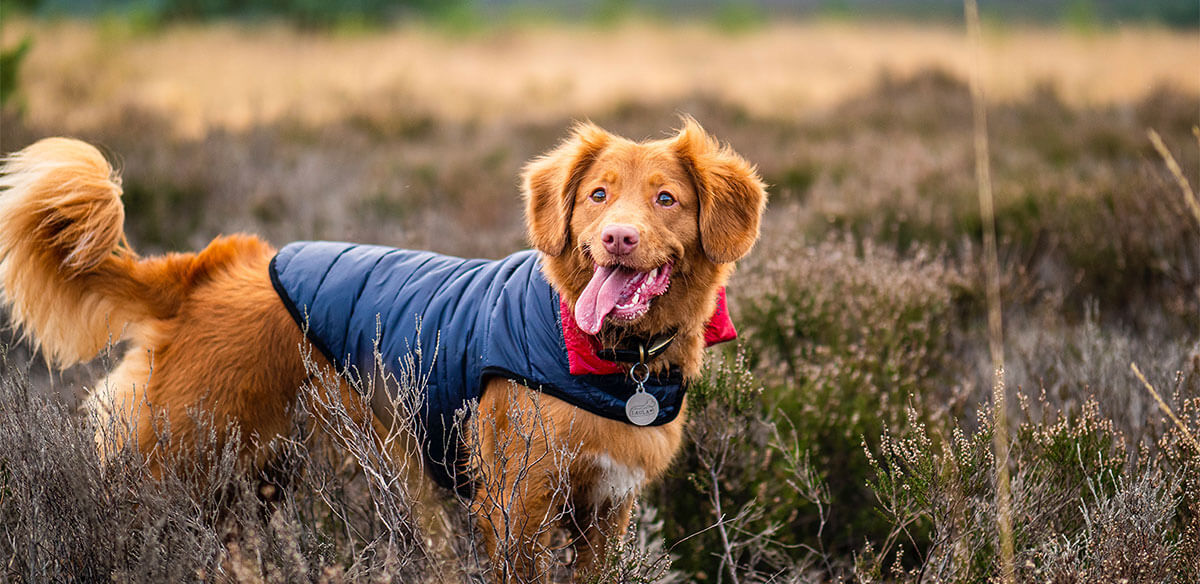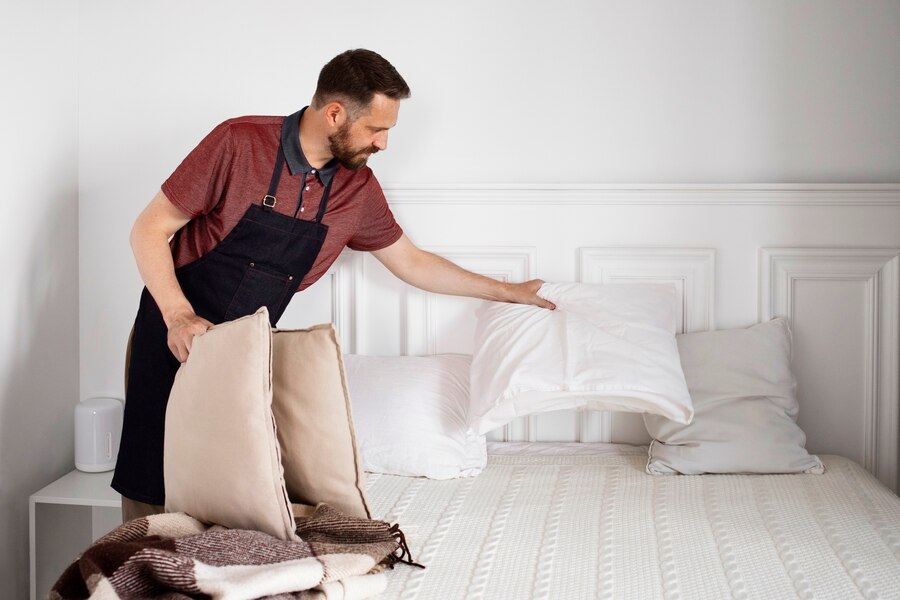Kennel Training: The Key to Solving Puppy Behavior Problems


As a professional puppy trainer in Utah, I’ve seen countless frustrated pet owners struggling with puppies who seem impossible to train.
From destructive chewing to excessive barking, these behaviors often stem from the same root cause: anxiety and lack of structure.
That’s where kennel training comes in – a method that’s transformed thousands of puppies from anxious to confident companions.
What Is Kennel Training and Why Does It Work?
Kennel training involves teaching your puppy to view their crate as a personal safe space – similar to how a den functions in the wild.
Many new puppy owners feel uncomfortable with the concept, seeing it as confining their beloved pet. This hesitation is natural but often misguided.
“The kennel isn’t a punishment—it’s a tool that helps your puppy learn how to feel calm even when you’re not around,” I tell my clients during our puppy training in Salt Lake City sessions.
This approach works because it addresses a fundamental truth about canine psychology: puppies crave structure and clear boundaries. Without them, they often develop problematic behaviors that make both their lives and their owners’ lives difficult.
The Surprising Connection Between Kennels and Cribs
One helpful way to understand kennel training is to compare it to how we raise children:
- We put babies in cribs so they sleep safely without falling
- We use playpens for toddlers to explore within protected boundaries
- Also, we build fences around playgrounds so kids can play freely without wandering into danger
Puppies, with their toddler-like mentality, benefit from similar boundaries. A properly introduced kennel provides security and comfort, not confinement.
When puppies understand their boundaries, they actually experience greater freedom from anxiety and confusion.
How to Identify Puppies That Need Kennel Training
Not sure if your puppy would benefit from kennel training? Watch for these common signs that indicate a lack of structure:
- Destructive behavior when left alone (chewing furniture, shoes, or walls)
- Excessive barking, whining, or howling, especially when you’re away
- Following you from room to room, unable to relax independently
- Signs of panic when you prepare to leave the house
These behaviors aren’t normal “puppy being puppy” actions – they’re distress signals. Puppies displaying these behaviors aren’t exercising their freedom; they’re experiencing anxiety due to a lack of clear boundaries.
During our professional training programs, we often see these behaviors dramatically improve within just weeks of implementing proper kennel training.
The Transformation: What Happens When Puppies Learn Kennel Skills
The change in puppies who learn proper kennel training is remarkable. Instead of the anxious, destructive behaviors mentioned above, properly kennel-trained puppies develop healthy habits:
- They learn to self-soothe and relax independently
- They remain calm during separations from their owners
- Moreover, they develop healthier sleep patterns and overall behavior
- They stop destroying household items out of anxiety
One of the best things about giving your puppy training in Salt Lake City is that you can see their progress right in front of your eyes. Puppies that were once unmanageable become balanced and confident.
Kennels as Training Wheels: A Temporary Tool
Know that kennel training is not about keeping the little creature confined. This is a necessary thing to provide them a safe space.
Puppies who get professional training can roam around the house freely without any supervision. The kennel becomes their retreat and not something necessary.
Some puppies develop positive associations with these kennels and like to take a nap when they are in stressful situations, like when guests come to visit or during thunderstorms. This voluntary use is the ultimate sign of successful kennel training.
Is Kennel Training Right for Every Situation?
Kennel training is beneficial for puppies, but this is not a universal rule. Some pet parents are uncomfortable with the concept, and that is okay.
If you are not sure about it, you can skip it; however, before doing that, you have to take a look at the brighter side. This can take care of their behavioral issues and transform them into a well-behaved puppy with proper training techniques.
For those seeking professional help with their puppy’s behavior, comprehensive training programs include proper kennel training methods customized to your puppy’s specific needs and temperament.
Kennel Training For An Adult Dog: How To Do It?
Kennel training can take several days depending on the age of the dog, its temperament, and their previous experience. However, the main objective is to create a safe space for them and not to punish them.
1. Formally Introduce Them
If your fur baby is going to the crate on their own, then they have already claimed it as their place without your intervention. If not, then let them come with you to it, or you can leave little treats to bring them to the crate.
But if they are showing resistance, then it is best not to force them. When they get comfortable with it, they will go in. Let them see you making a safe space for them.
Sit outside the crate to reassure them that you are not going anywhere. Let them walk in and out a few times.
2. Associate It With Positivity
Encourage them to stay in and stay there for a while. Place a long-lasting treat so that they stay in there. Praise them when they stay in, even if for a few minutes.
If they bring out the treat with them, do not punish them. You can try again the next day.
3. Build Time Gradually
Once they start getting in there on their own, encourage them to stay in for a longer period of time. Put their food inside, so they can go in there. Try to close the door behind them when they eat and then open it back.
Open it before they get whiny and restless; otherwise, they will resist getting in the next time. Gradually, it will increase their time with the closed door. Also, reward them for their good behavior often.
4. Teach Them The Command
Create a command, say it out loud in an upbeat tone when they are walking in there by themselves. Reward them and praise them.
Slowly, increase your distance and give them the command, and see how they are doing. Eventually, when you give the command from another room, they will know what to do.
Getting Started with Kennel Training
If you have a pup with anxiety issues, a lack of boundaries, or destructive behavior, then kennel training could be the solution to everything. This can help your pup in a calm and confident companion.
However, make sure you implement it properly. Even though the steps are straightforward, you can take professional help to make sure you do not make any mistakes.
Professional training services provide support for pet owners who are trying to implement crate training effectively. With proper guidance, your puppy will discover security and confidence.
Remember, it is not about restraining them; it is about giving them a structure where they can thrive. When done properly, it will make them happy. And isn’t that what responsible pet ownership is all about?









Leave A Comment